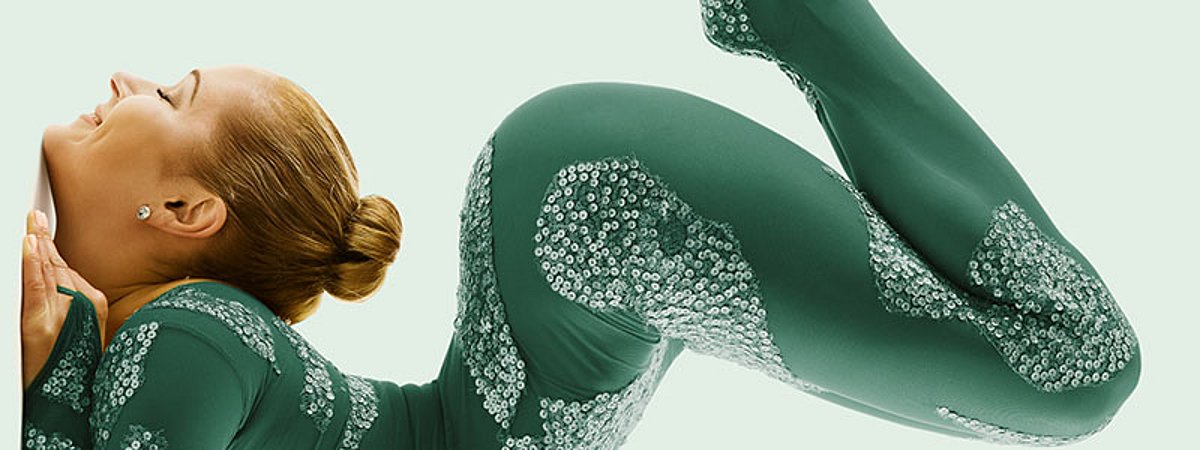Elpemer solder resist from Peters: flexible and reliable

The Elpemer solder resist SD 2463 Flex-HF from Peters stands for quality made in Germany and is flexible, reliable and efficient. The flex lacquer is suitable for rigid-flex and semi-flex PCBs and is available in the transparent shades green and amber.
In addition to the three features "easy spray or screen printing application", "direct or contact exposure" and "flex-to-install", the Peters solder resist is free of harmful SVHC photoinitiators 369 and 907, respectively. For flexible electronic circuit carriers, SD 2463 Flex-HF is thus the ideal product for all conceivable fields of application. "Flex-to-install in this context means that the resist is flexible for the bending stress when the circuit board is installed," reports laboratory manager Detlev Schucht. The strength of this solder resist lies in reliably covering the areas of a printed circuit board that should not accept solder during subsequent soldering processes. R&D manager Detlev Schucht: "Great hardness and scratch resistance after final curing protect the PCB from mechanical damage during further handling." The solder resist is used primarily in the automotive and aerospace sectors. "In addition, the area of application has expanded to sensor technology and medical technology," reports Michael Kollasa. The head of field sales at Peters expects the use of solder resist to increase in importance in the area of flexible substrates. Consequently, Elpemer's SD 2463 FLEX-HF solder resist has been used by leading manufacturers of demanding flex, rigid-flex and HDI substrates for a good six years.
The highly flexible two-component solder resist from the Peters development laboratory is photo-structurable. Due to a resolving power < 40 µm (direct exposure) and the excellent dielectric properties, the protective coating is used as an alternative to flexible cover foils in ultra-fine conductors as well as in SMD technology. The solder resist coatings in this series are applied by horizontal or vertical double-sided screen printing and are aqueous-alkaline developed. "They are characterized by fast and easy processability, low exposure energy and resistance in chemical baths," says Sven Kramer, head of application technology at Peters. The solder resist shows exceptional resistance in chemical and electroplating nickel/gold and chemical tin baths as well as OSP processes. The criterion "free of toxic photoinitiators" also speaks in favor of Elpemer's SD 2463 FLEX-HF solder resist. "This means that this product is absolutely up to date, reflects technical progress and meets international safety requirements," emphasizes Sven Kramer, who is also product manager for the Elpemer family of Peters coatings at the world's only full-range supplier of coating materials for electronics. According to Sven Kramer, the criterion "without photoinitiator 907 and without other SVHC" is a unique selling point that Peters can claim for itself. "After all, we were the first in the world to present a modern and harmless solder resist for both exposure processes," adds laboratory manager Detlev Schucht. The solder resist is halogen-free according to JPCA-ES-01-1999, exhibits good solder bath resistance even with lead-free solder, and shows the best non-combustibility rating UL 94 V-0, UL File No. E80315.
